Every chilling day needs some warmth, which is added with the help of heaters; it is impossible to work in the workshops and garages.
Most of these heaters emanate blue flames while burning or giving heat.
But are these blue flames and heaters safer for you?
Most heaters that run on Propane and natural gas have blue flames. They are getting popular because of their popularity and are considered safer in many aspects.
We have covered more about these blue flames and heaters, venting garage heaters through walls, and other crucial things. So keep reading if you want to know more about the safety and risk associated with the blue flames.
Blue Flame Ventless Heaters
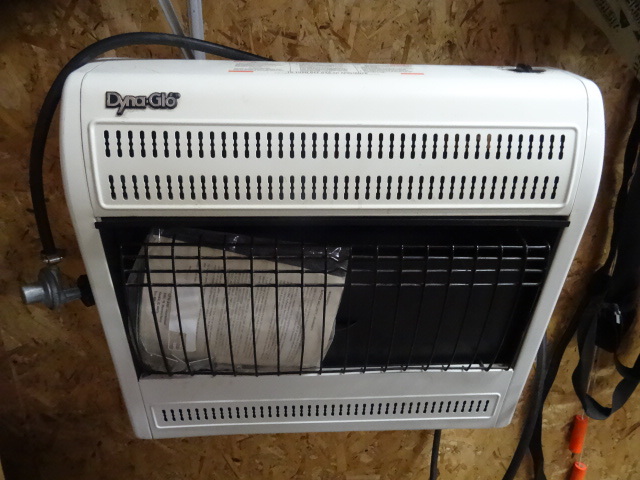
Blue flame heaters are different from the electric heaters. Where the Electric heater needs the electricity, blue flame heaters need the natural gas or propane fuel to burn.
Blue flame heaters differ from other fuel heaters with orange or yellow flame (diesel or kerosene).
So Blue flame heaters are designed to burn the fuel cleanly, where they can utilize all the fuel and combust it one hundred percent to generate more heat while working at maximum efficiency.
Most Blue flame ventless heaters have Oxygen Depletion Sensors that automatically shut off when the oxygen level in the surroundings becomes too low.
The RV-based ventless blue flame heaters that run on Propane are not riskers in terms of propane leakage. That makes them a safer option as compared to the other heaters.
Benefits of The Blue Flame Heaters
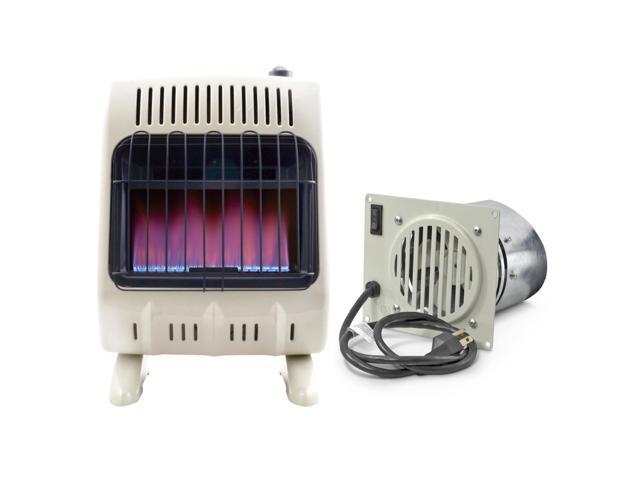
- Blue flame ventless heaters have better heating capacity than other heaters.
- They are cheaper and affordable. Ventless blue flame heaters are also portable and durable.
- Blue ventless flame heaters don’t need the expensive installation of vent-out pipes.
- These heaters have a clean flame burning that doesn’t create uncomfortable smoke and odor in the combustion.
- Most of the ventless blue flame heaters have built-in pipelines for the fuel.
- You only have to hook up that fuel pipeline in the fuel tank or box to make it functional and active.
Risks Associated with The Blue Flame Heaters
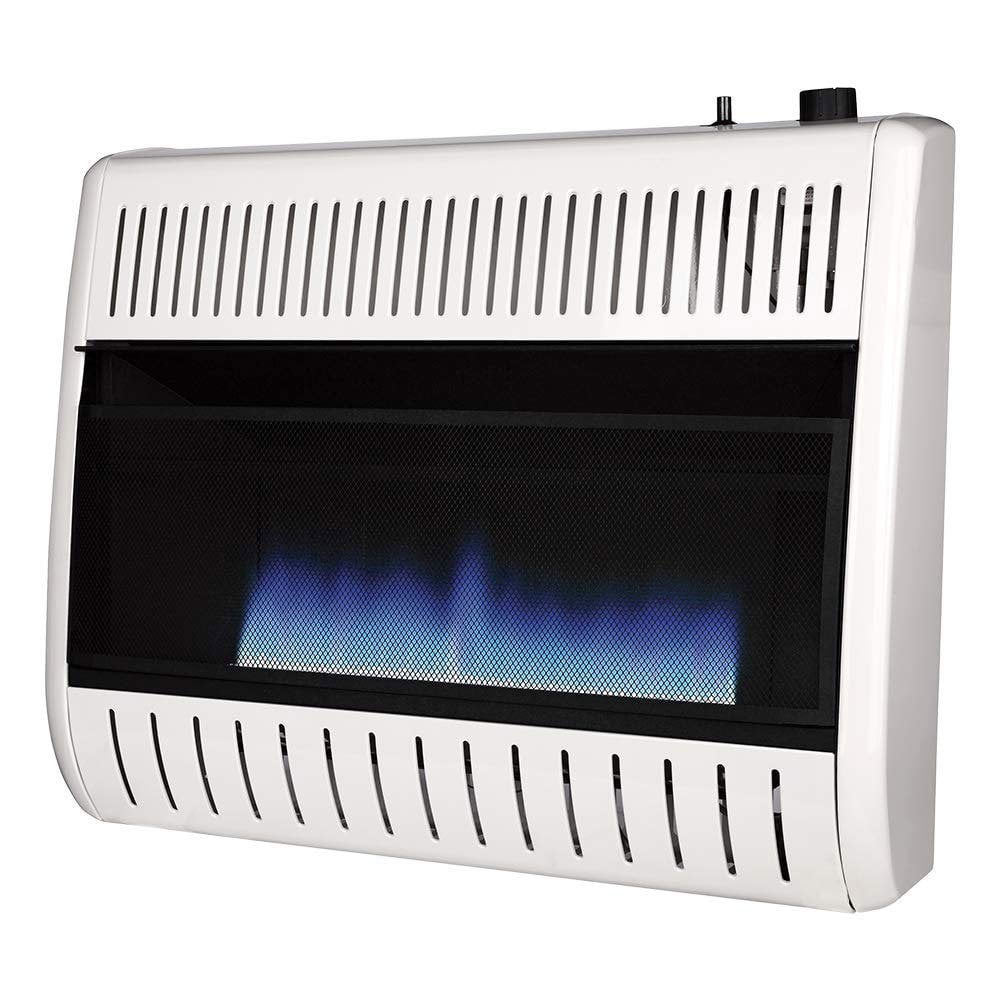
1. If combustible items are nearby, such as clothes, furniture, bedding, fiber rugs, mattresses, and oil, they can catch fire because of the blue flame eaters.
2. Since the blue flame ventless heaters exhaust hundred [percent of their fuel, they release harmful gases like carbon monoxide, water vapor, nitrogen dioxide, and more chemicals. Harmful gases will be released depending on the surrounding air, so the clean burning is toxic depending on the surrounding dirt and air.
3. Using the ventless blue flame heaters at night or when sleeping is highly risky. It can cause a lack of oxygen; carbon monoxide poisoning will fill the room. Suppose someone consumes a lethal amount of carbon monoxide. In that case, it can create the deprivation of oxygen in your body while coming in contact with the bloodstream, choke the lungs, or result in the malfunctioning of the heat, and the person can die because of issues created by inhaling so much carbon monoxide.
4. Since carbon monoxide has no odor, it is riskier to detect with the normal human nose and the CO detector.
5. In the case of imbalanced temperature, where the garage heater or heater in a particular room creates the room warm enough. The pipes and pipelines running through other rooms in the whole room will remain colder in areas with no heating because of the blue flame heater. In such circumstances, the rest of the pipes can freeze because of colder temperatures and burst because of the sudden temperature imbalance.
Safety Measurement and Precautions

- Don’t keep anything on your blue flame heater.
- Don’t use the blue flame heater to warm your bed or blankets.
- To use the blue flames heaters safely, it is mandatory to take safety precautions; only then will you be able to avoid the potential risk associated with them.
- If your blue flame heaters run on the Propane, always turn them off when you have to leave the room or when you go to sleep.
- Keep the CO detector in your reach. You can also install carbon monoxide detectors on the walls of the room or home where you keep the blue flame heaters.
- Frequently examine the blue flame heater for potential issues, replace the older pipes and CO detectors, and replace them as soon as you see issues with them.
- In the case of gas leakage, immediately call Blue Flame’s helpline number by dialing 911.
Final Thoughts
Most blue flame heaters are safer if you are using them in the right way in the right environment, where all safety precautions are followed in the first place.
Since the purpose of heaters is to spread heat and warmth and the blue flame is connected with fire, there is a risk, and taking safety measures will help you.
This post showed you whether blue flame heaters, like those burning from natural gas or propane gas, are safer for you or not.
If you want more ways to add value to your lifestyle and maintenance experience, sign up and get our best tips and strategies sent to your inbox.


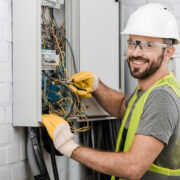

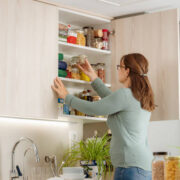
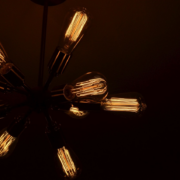
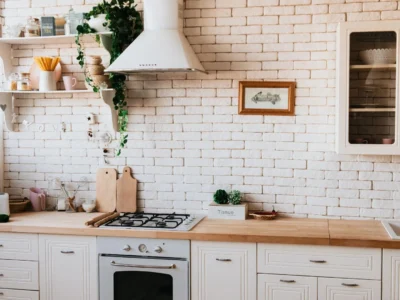
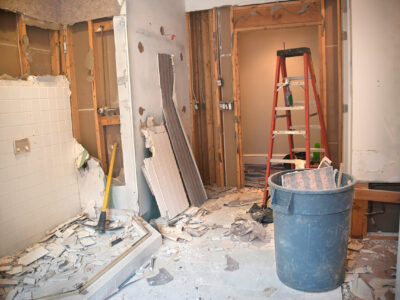
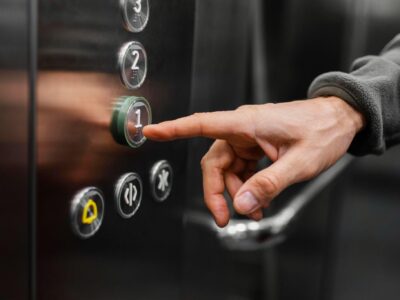
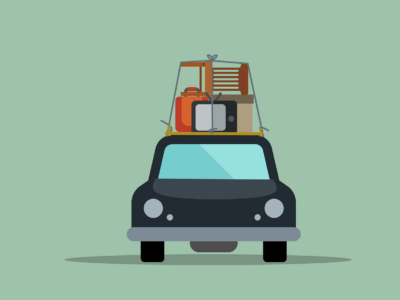
Comments